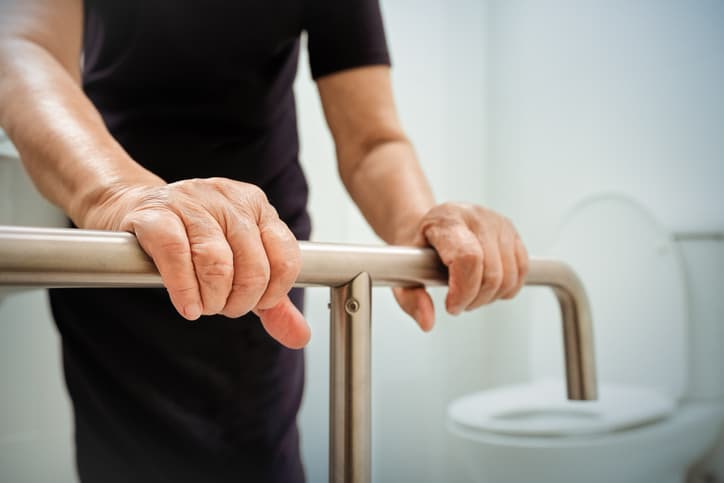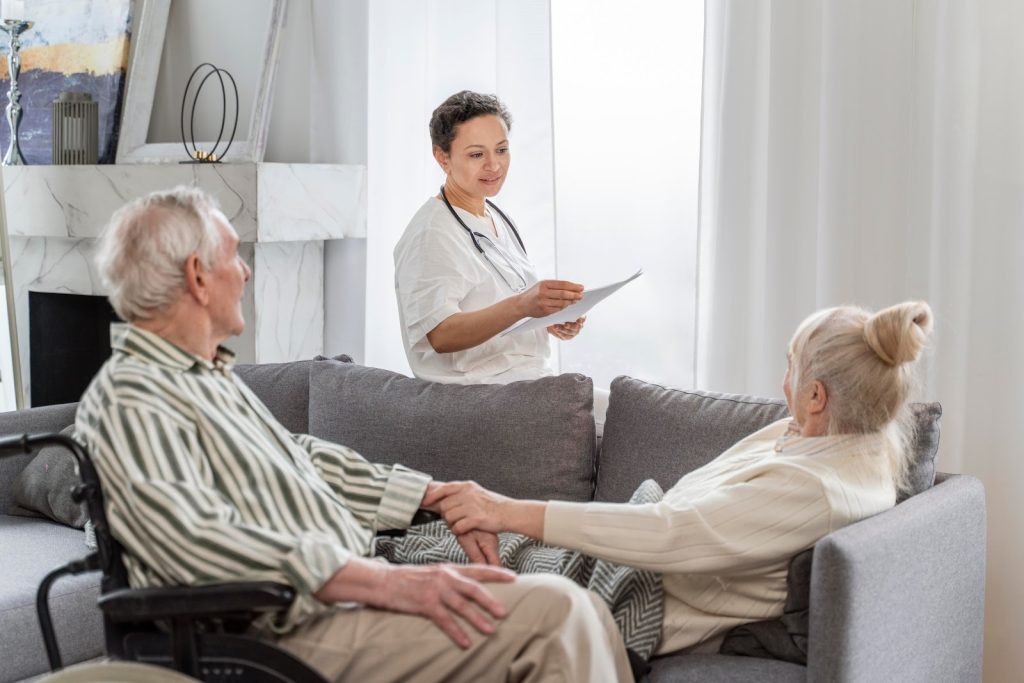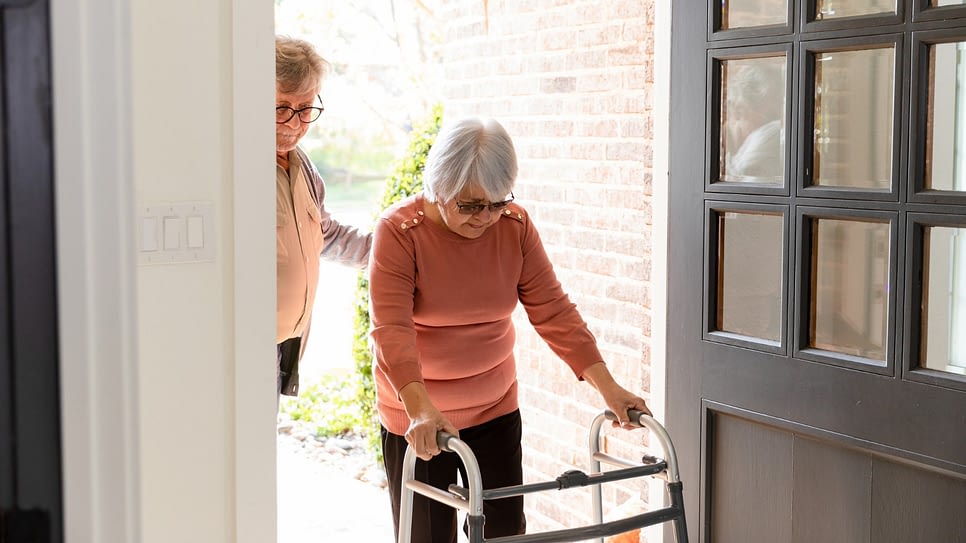As our loved ones age, ensuring their safety becomes a top priority, especially in the comfort of their own homes. The bedroom, a place for rest and rejuvenation, must also be a haven of safety. In this article, we delve into bedroom safety tips for elderly to provide peace of mind and enhance the quality of life for seniors.

Understanding the Importance of Bedroom Safety
The bedroom is a place where seniors spend a significant portion of their time. It is crucial to make this space safe to prevent falls and injuries. According to the National Council on Aging, falls are the leading cause of fatal and non-fatal injuries for older Americans. By implementing effective bedroom safety tips, we can significantly reduce these risks.
Key Features of a Safe Bedroom
A safe bedroom for the elderly should include elements that minimize the risk of accidents. Here are some important considerations:
1. Adequate Lighting
Ensure the bedroom has ample lighting, including nightlights, to help seniors navigate safely at night. Motion-sensor lights can be particularly useful.
2. Non-Slip Flooring
Install non-slip mats or carpets to prevent falls. Avoid using area rugs that can easily slip or curl at the edges.
3. Accessible Bed Height
The bed should be at a comfortable height that allows easy access for seniors. Consider using bed risers or lowering the bed frame as needed.
4. Secure Furniture
Ensure all furniture is stable and not easily tipped over. Avoid clutter to create clear pathways in the bedroom.
Additional Safety Measures
Implementing these additional measures can further enhance bedroom safety for elderly individuals:
5. Grab Bars and Railings
Install grab bars near the bed and along the walls to provide support and stability.
6. Emergency Call System
Equip the bedroom with an emergency call system or a phone within easy reach to ensure help is readily available.
7. Temperature Control
Maintain a comfortable and consistent temperature in the bedroom to prevent hypothermia or overheating.
8. Fire Safety Precautions
Install smoke detectors and ensure there is a clear evacuation route in case of a fire.
Creating a Comfortable and Safe Environment
In addition to safety measures, creating a comfortable environment is essential for the well-being of elderly individuals:
9. Comfortable Bedding
Choose bedding that is comfortable and easy to maintain. Hypoallergenic materials can be beneficial for seniors with allergies.
10. Personalize the Space
Allow seniors to personalize their space with familiar items and photos to create a sense of belonging and comfort.
Regular Maintenance and Check-Ups
Regular maintenance and check-ups will ensure that the safety measures remain effective:
11. Routine Safety Inspections
Conduct regular safety inspections to identify potential hazards and address them promptly.
12. Maintain Equipment
Ensure all safety equipment, such as grab bars and emergency call systems, are in good working condition.
Engaging Caregivers and Family Members
Involving caregivers and family members in maintaining a safe environment can make a significant difference:
13. Educate on Safety Practices
Provide training to caregivers and family members on how to assist seniors and maintain a safe environment.
14. Encourage Open Communication
Encourage open communication between seniors and caregivers to address any concerns promptly.
Utilizing Technology for Safety
Technology can play a vital role in enhancing bedroom safety for the elderly:
15. Smart Home Devices
Consider using smart home devices, such as voice-activated assistants, to control lighting and temperature easily.
16. Fall Detection Systems
Install fall detection systems that alert caregivers in case of an emergency.
Conclusion
Ensuring the safety of our elderly loved ones in their bedrooms is a crucial aspect of caregiving. By following these bedroom safety tips for elderly, we can create a secure and comfortable environment that promotes independence and peace of mind.

Frequently Asked Questions (FAQs)
1. What is the most common cause of falls in the bedroom?
The most common cause of falls in the bedroom is tripping over clutter or slipping on loose rugs. Ensuring clear pathways and using non-slip mats can help prevent these accidents.
2. How can I improve lighting in the bedroom for seniors?
Improving lighting can be achieved by installing brighter bulbs, using nightlights, and incorporating motion-sensor lights for added safety.
3. What are some easy-to-install safety features for the bedroom?
Easy-to-install safety features include grab bars, bed rails, and non-slip mats. These can significantly enhance the safety of the bedroom for seniors.
For more comprehensive safety guides, you can visit the National Council on Aging website.
Additionally, if you’re interested in learning about front door safety or elderly-friendly cooking tips, the Motions Living website offers a wealth of information.
This article contains affiliate links. We may earn a commission at no extra cost to you.






